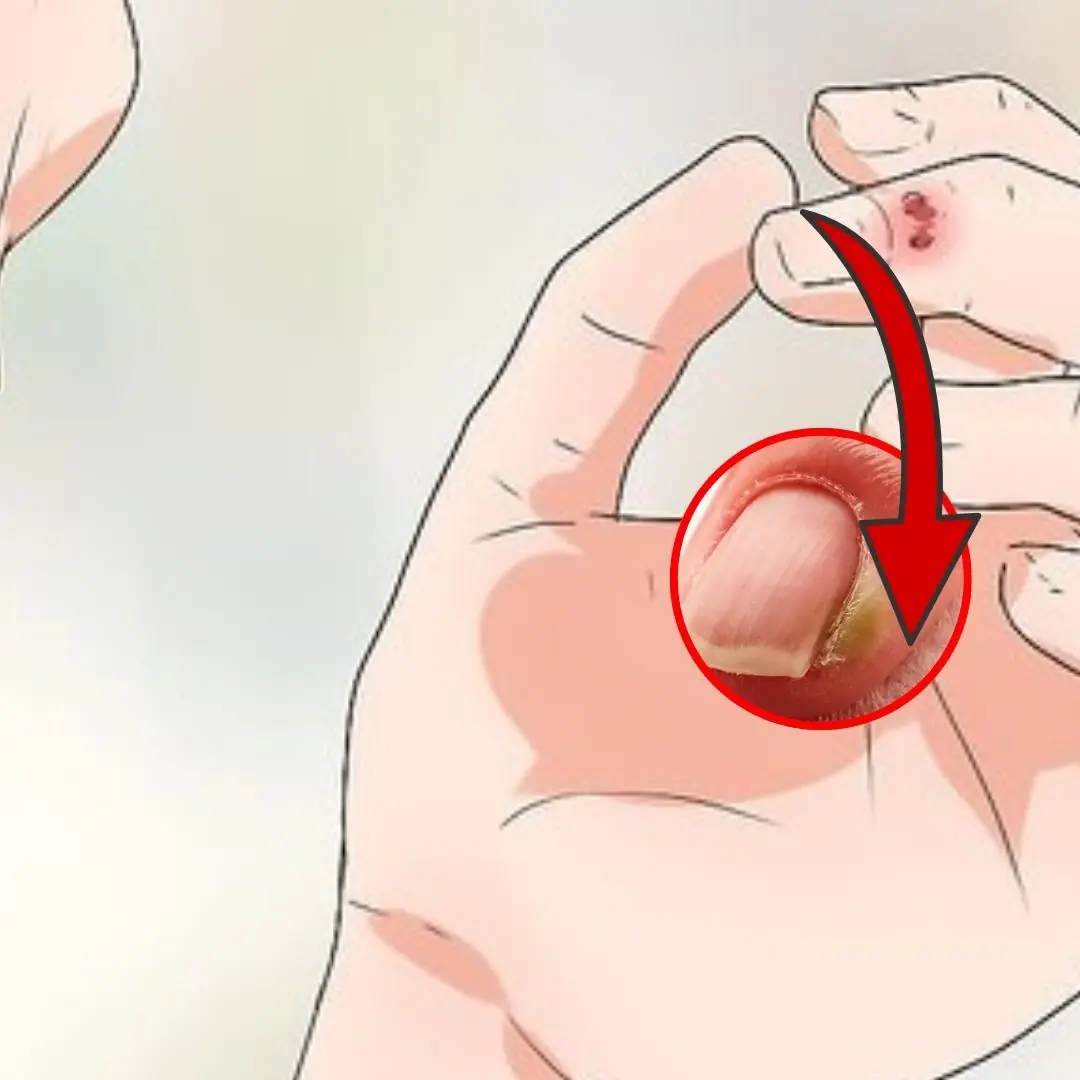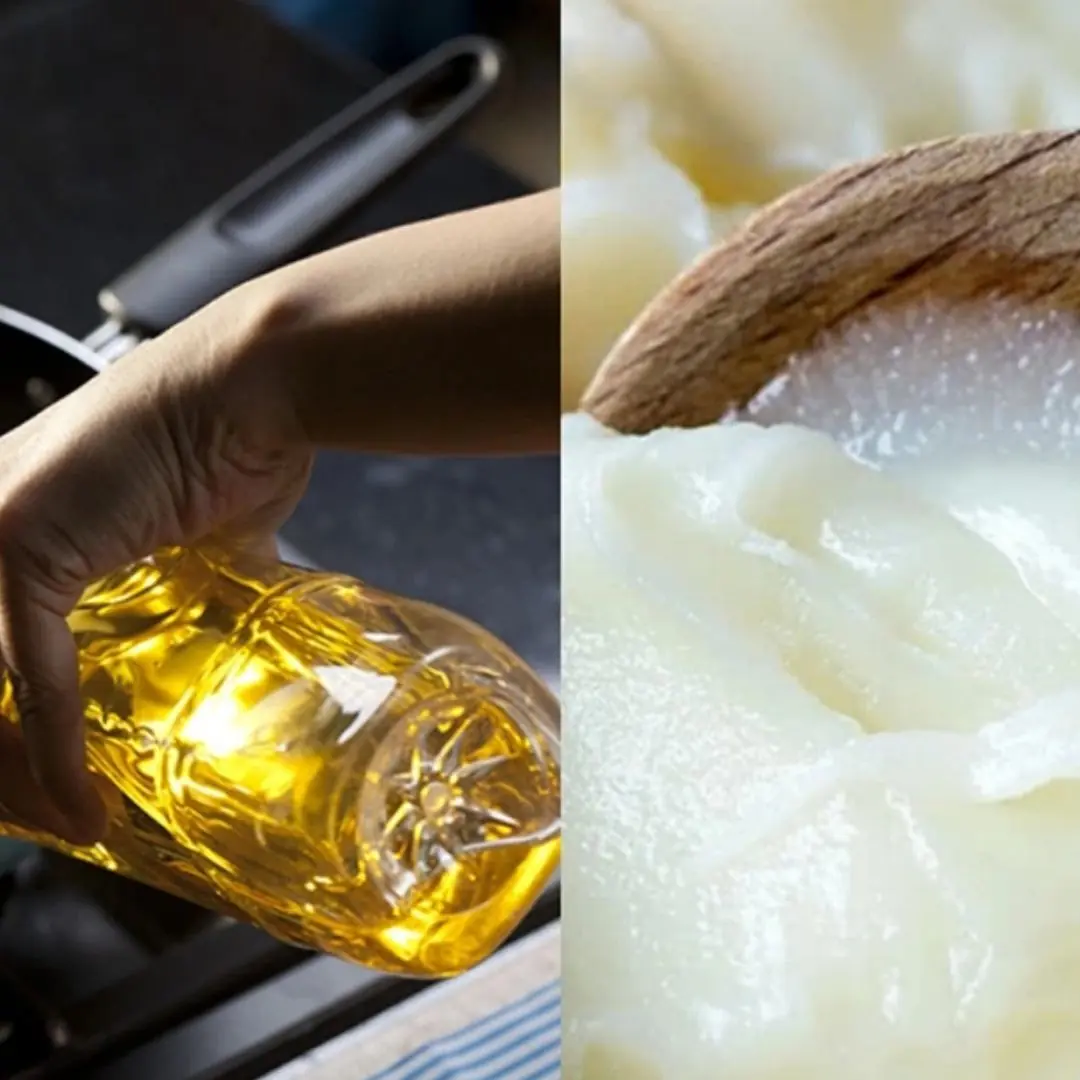
Expert Warning: The Culprit Causing Mold in Spices Has Been Identified! 90% of Households Make Storage Mistakes!
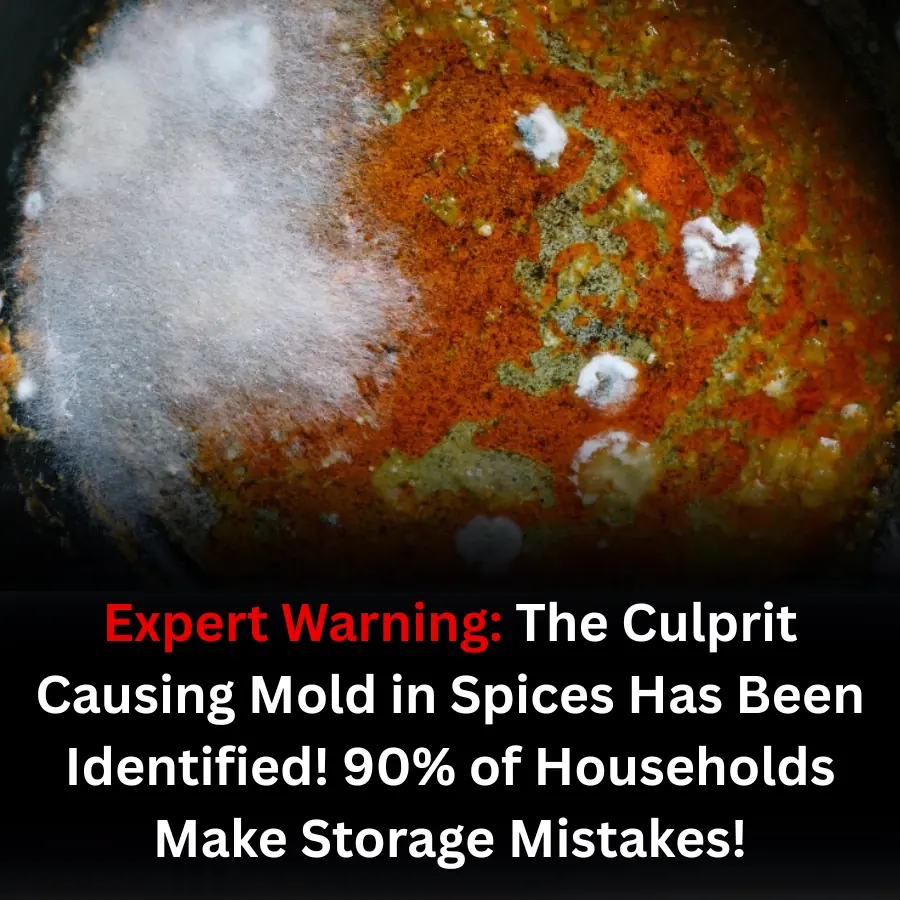
What exactly are these unpleasant “strange substances”? Are they mold, as many rumors suggest? If they really are mold, what should we do to prevent household spices from becoming moldy in this hot and humid weather?
Professor Cao Xianle, from the School of Biotechnology and Food Science at Jiangsu University (China), conducted several small experiments to uncover the real reason behind mold in soy sauce. He also shared some scientific and effective tips for preserving spices.
What are the foreign substances that appear in soy sauce?
Mainly mold.
Many people may have guessed that the foreign “film” resembling patches is actually mold. Laboratory tests confirmed that the white, gray, yellow, brown, or moss green fuzzy substances are indeed mold species, which thrive and grow rapidly after prolonged exposure to soy sauce.
Note: Some people tend to discard the white layer and continue using the rest. This is strongly discouraged. Just like with other moldy foods, once soy sauce shows signs of mold, it should not be consumed—regardless of whether it’s still within its shelf life.
Why does soy sauce go moldy just a few days after opening?
The main reason is improper storage after opening, which allows airborne mold to invade.
Soy sauce becomes moldy in much the same way as bread or fruit left out too long. Once opened, prolonged exposure to air gives mold in the environment the opportunity to use the food's nutrients to multiply—leading to spoilage, off smells, and quality degradation.
Soy sauce is a nutrient-rich environment, which mold "loves." Even if it looks fine to the naked eye, an unsealed cap or sauce residue around the bottle mouth allows mold to grow once exposed to air.
So after each use, make sure to dry the bottle mouth and tightly seal the cap immediately to minimize air contact.
Does humid, rainy weather increase the risk of mold in soy sauce?
Yes.
Mold thrives in warm and humid conditions—typical of the rainy season. To prove this, the research team used four incubators to simulate different seasonal conditions with varying temperature and humidity levels.
The results showed that mold grows rapidly when the temperature exceeds 25°C and humidity is above 85%—ideal conditions for the rainy season.
High humidity also dilutes soy sauce, making it more susceptible to mold contamination.
Therefore, during the hot and humid rainy season, keep your kitchen clean and dry, pay close attention to cleaning the bottle mouth, and wipe it dry immediately if it gets wet.
Could soy sauce be moldy right from the factory?
No.
Some people worry, “Could soy sauce already be moldy when it leaves the factory?” – This is not possible with reputable manufacturers, because:
-
Before bottling, soy sauce is typically pasteurized at over 90°C. Mold dies at temperatures above 50°C.
-
Once sealed, with no exposure to air, mold cannot survive inside the bottle.
The golden formula: High-temperature sterilization + airtight sealing = no mold growth.
Additionally, in a verification experiment involving 9 common soy sauce brands (each tested with one opened and one unopened bottle in a mold-prone environment), the opened bottles developed mold while the sealed ones remained mold-free—proving that contamination happens only after opening.
Is soy sauce without preservatives or with low salt content more likely to get moldy?
Yes.
Many people prefer “green” products without preservatives or with low salt, but these are more vulnerable to mold and require stricter storage—ideally in the fridge.
Preservatives and salt help extend shelf life. Without them, mold can grow easily unless the product is kept cold and sealed.
Is it only soy sauce that gets moldy?
No! Other grain-fermented seasonings can also get moldy if not stored properly.
Products like soy sauce, fermented bean paste, oyster sauce (especially those made from real oysters), ketchup, etc., are all prone to mold. These products are rich in protein, amino acids, and minerals—perfect “food” for mold.
In a simulated “open environment” experiment, soy sauce, oyster sauce, bean paste, and ketchup all developed mold. Only vinegar and cooking wine (due to their high acidity and alcohol content) did not show visible mold.
Still, vinegar and cooking wine should be stored properly—away from sunlight and heat, in a cool and dry place.
How to store spices at home to avoid mold?
The most important rule: Keep bottles tightly closed, and bags securely tied!
Three key steps for proper storage:
-
After use, clean the bottle or bag mouth.
-
Seal the cap tightly or tie the bag securely—any exposure can lead to mold.
-
Carefully read and follow the storage instructions on the label—legitimate products always provide clear guidance.
News in the same category


Can a plane in the sky be struck by lightning? Are the passengers inside safe?
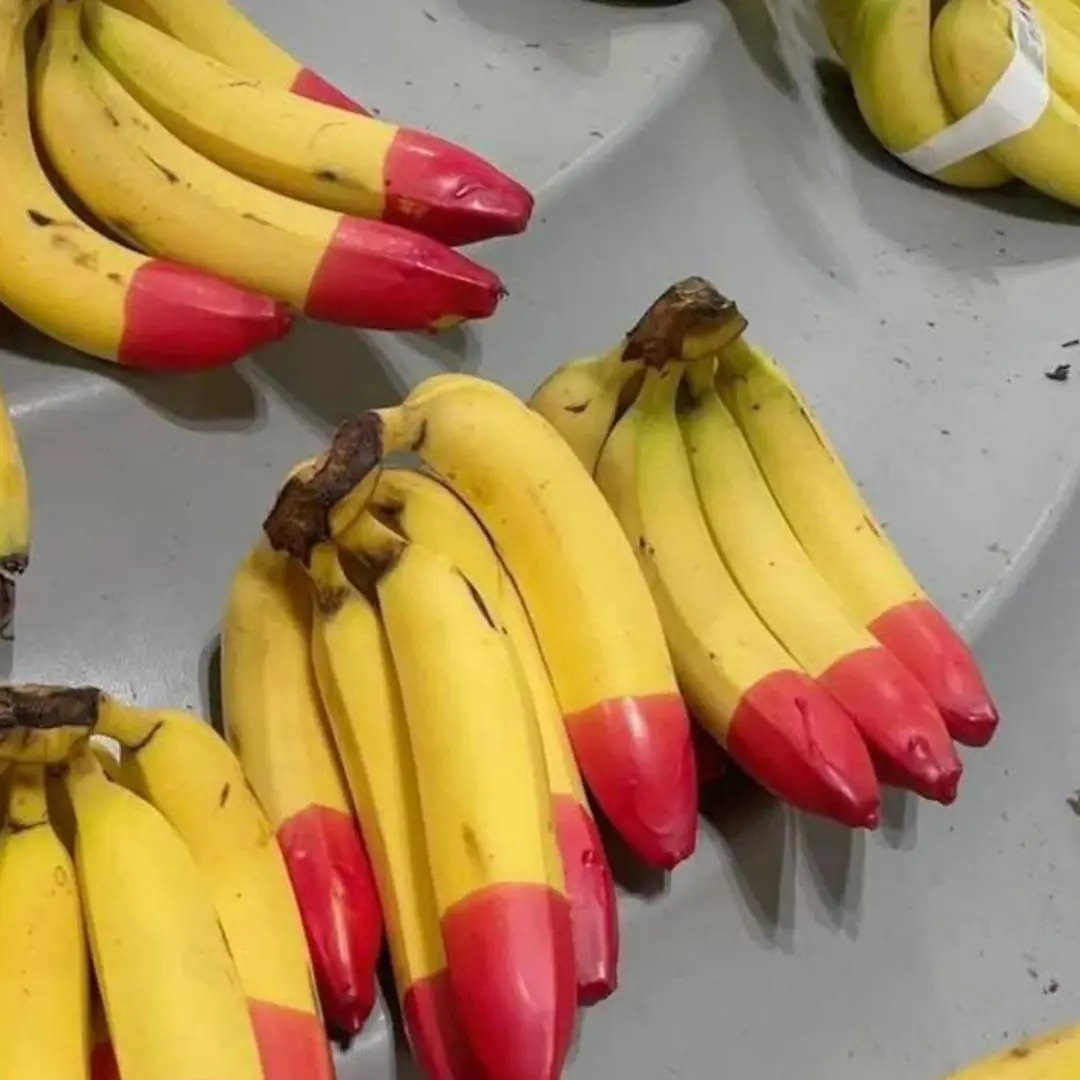
Ever seen red-tipped bananas in Europe? Here’s why they look that way

When You Propose, Why Do You Get Down On One Knee? Exploring The Tradition Behind The Romantic Gesture
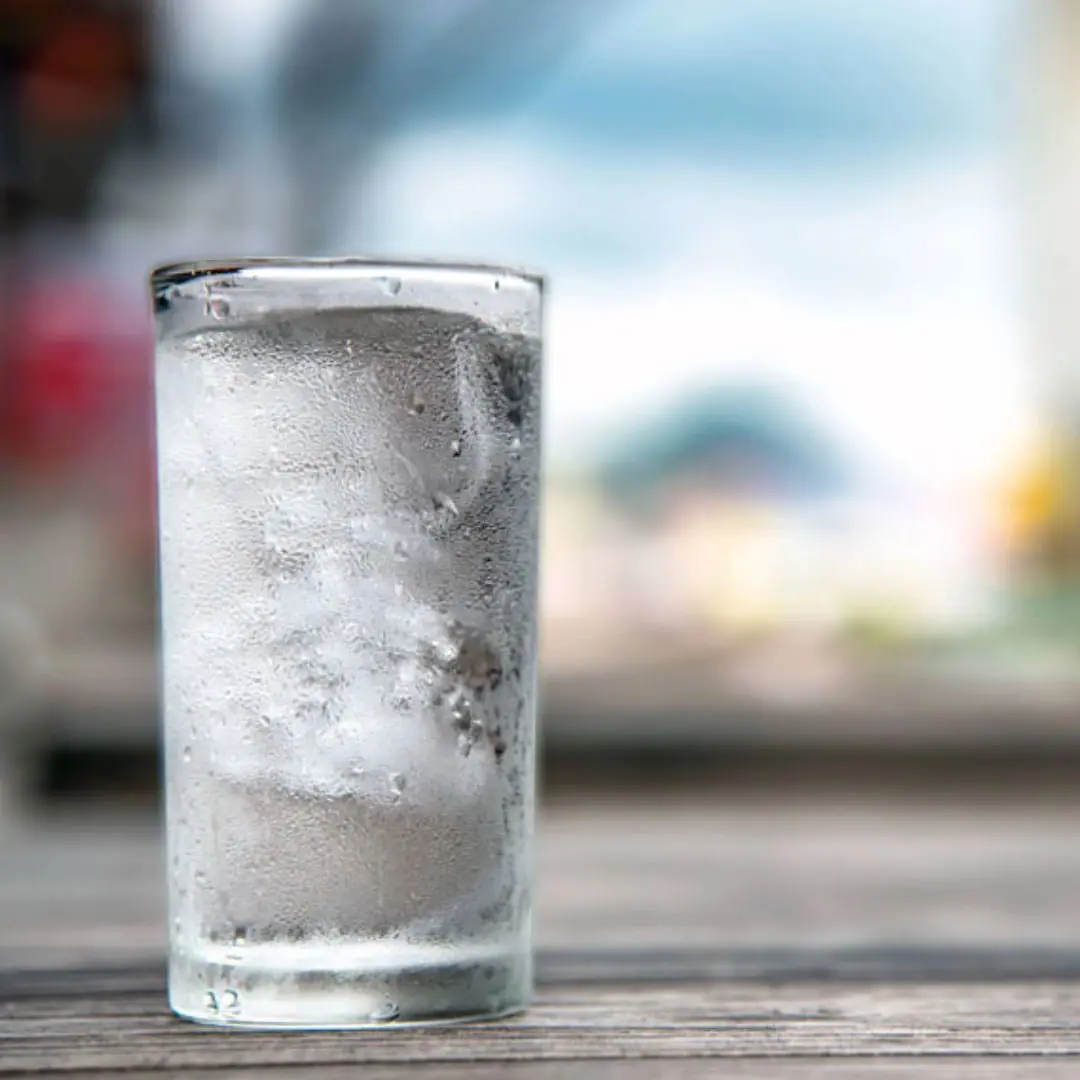
Drinking cold water at these 5 times can easily cause illness, no matter how much you like it, you should stay away from it

8 Early Signs of Mild Kid.ney Failure That Many People Ignore

Drinking Fresh Ginger Juice in the Morning Offers 5 Special Benefits
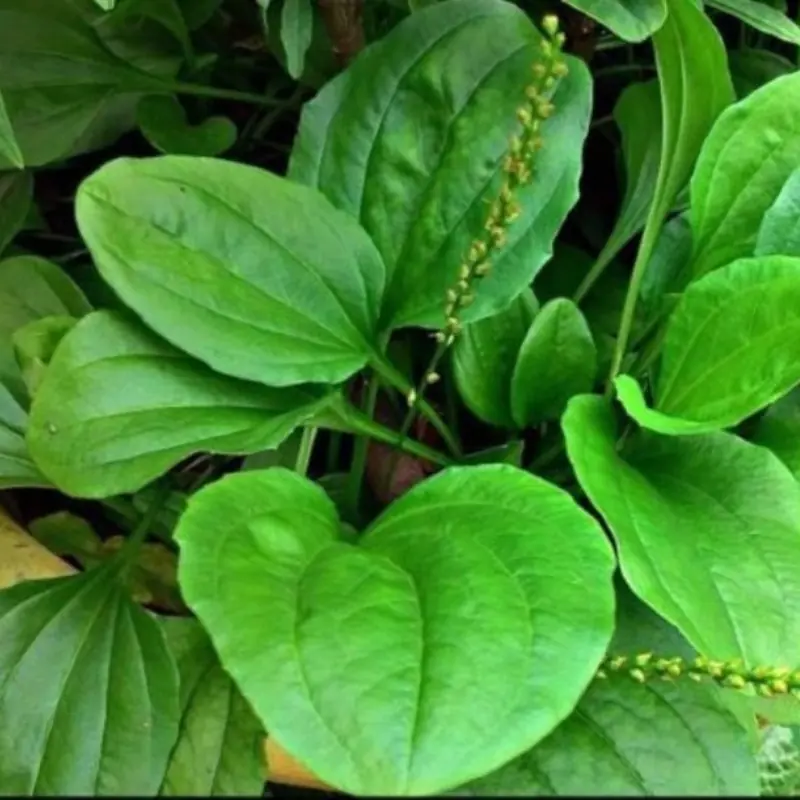
4 familiar traditional leaves that help de.t.o.x and cleanse the lu.ngs
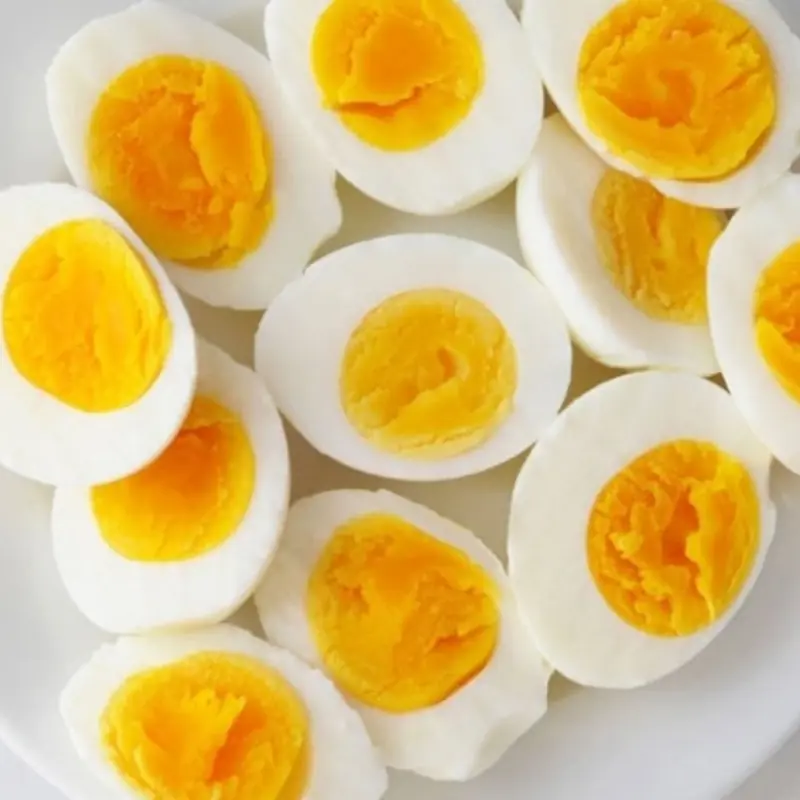
Top 5 Everyday Foods That Help Women Reduce Excess Fat After 40

Avoid These 3 Mistakes That Waste Electricity and Harm Your Health
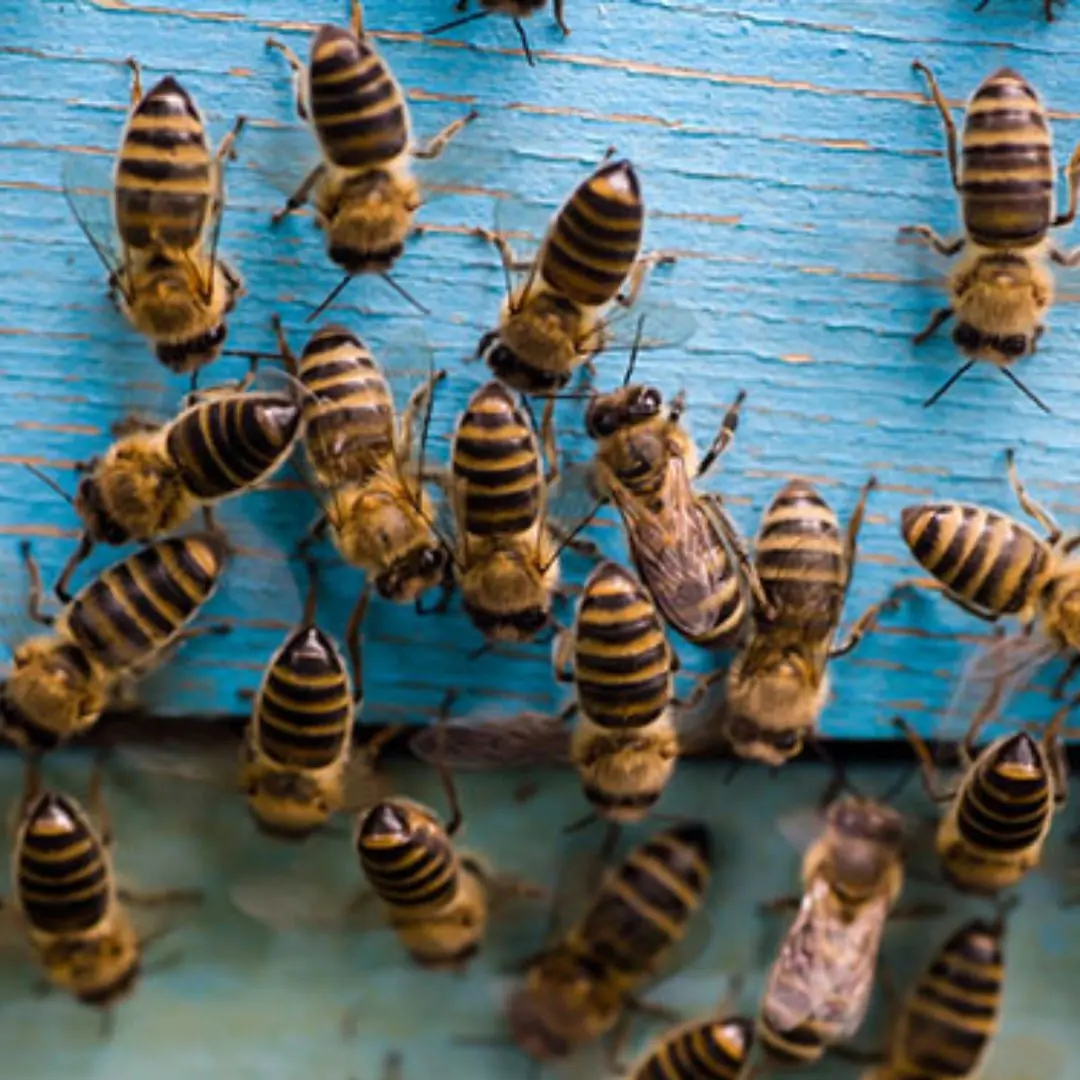
Is Your Home a Hidden Hive? 5 Signs of a Bee Infestation
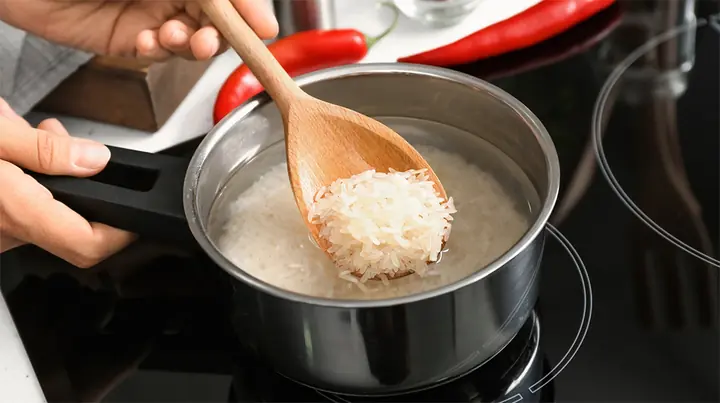
Cooking Rice with Hot or Cold Water?

The Unpleasant Truth: 5 Familiar Items That You Think Are Clean But Are NOT, The Dirtiest Is Number 4 That Everyone Uses

Thy.roid Can.cer Is a Silent Threat: 6 Groups of People Are at Higher Risk and Must Be Cautious
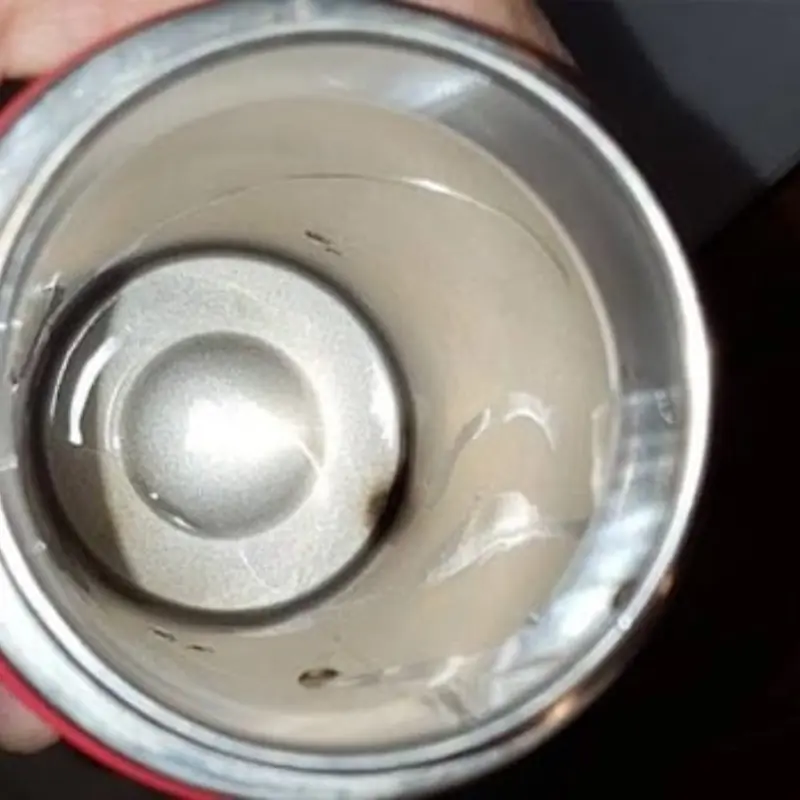
Warning: The Cup Many People Use to Drink Water Every Day Is No Different from “Drinking Poison”
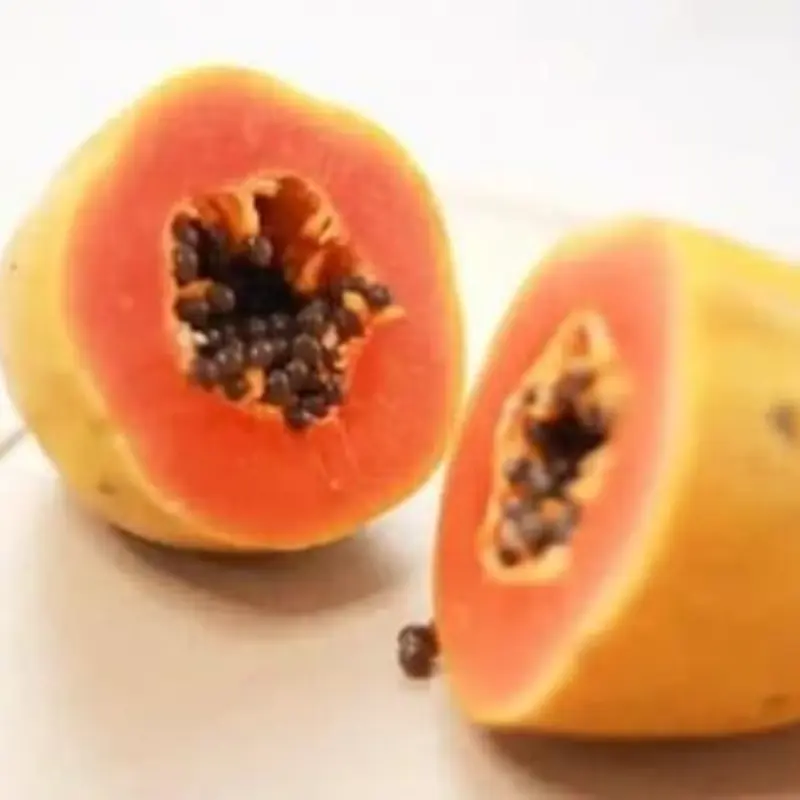
Eat These 5 Foods to Cleanse and Detox Effectively Every Day
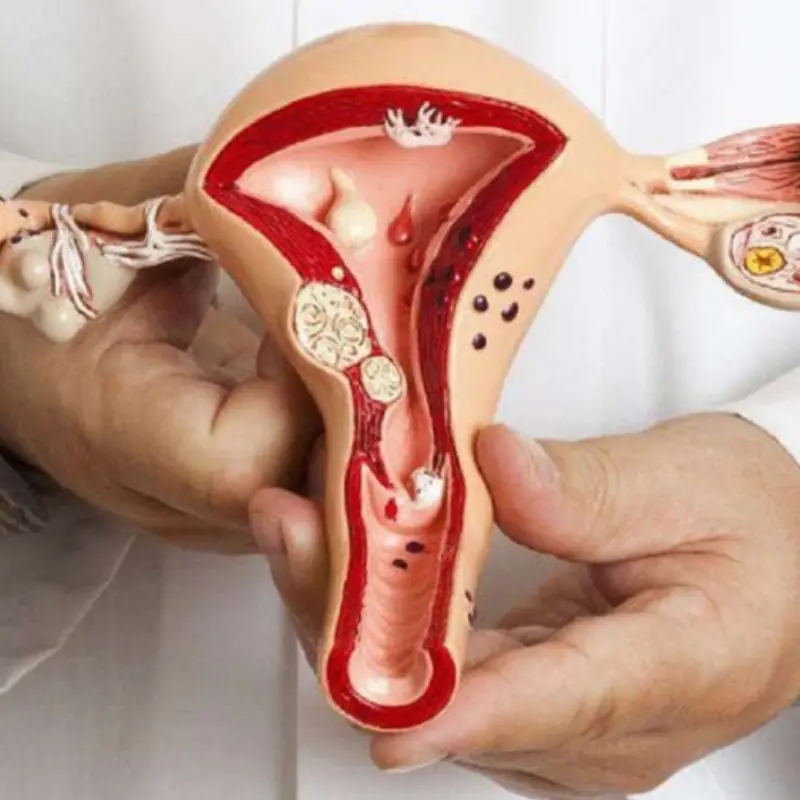
5 earliest signs of cer.vical can.cer: 90% of women tend to ignore them
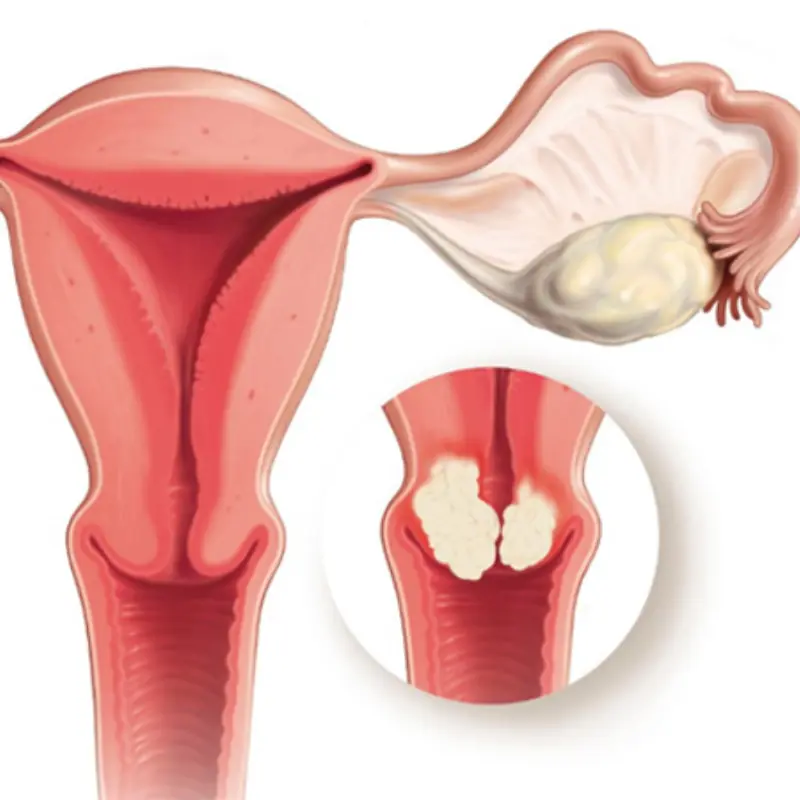
Women Who Frequently Eat These 5 Foods May Be Harming Their Uterus and Feeding Cancer Cells Without Knowing It
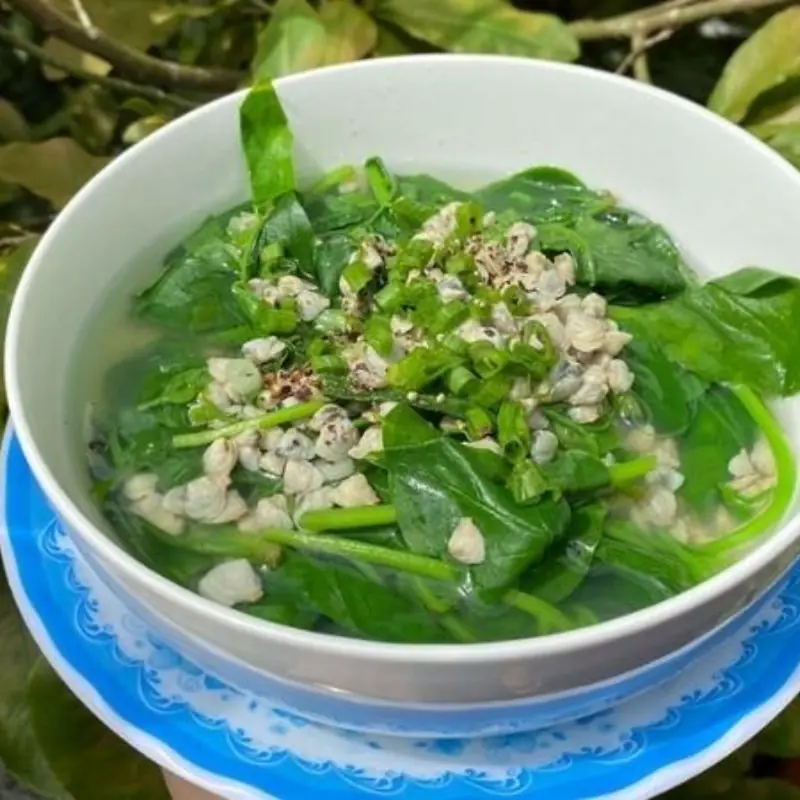
3 Calcium-Rich Vegetables That Are Almost Pesticide-Free

Why do 99% of cats sleep on their left side?
News Post

Is it healthier to use cooking oil or lard?

Can a plane in the sky be struck by lightning? Are the passengers inside safe?

Tsunami and its warning signs, essential for those who often go to sea

Ever seen red-tipped bananas in Europe? Here’s why they look that way

Spleen Cancer: A Rare But Dangerous Disease – You Need To Know!

When You Propose, Why Do You Get Down On One Knee? Exploring The Tradition Behind The Romantic Gesture

Drinking cold water at these 5 times can easily cause illness, no matter how much you like it, you should stay away from it

Achy Mornings? Here’s What Your Body’s Trying to Tell You — And How to Fix It

8 Early Signs of Mild Kid.ney Failure That Many People Ignore

Drinking Fresh Ginger Juice in the Morning Offers 5 Special Benefits

4 familiar traditional leaves that help de.t.o.x and cleanse the lu.ngs

Top 5 Everyday Foods That Help Women Reduce Excess Fat After 40

5 Pancreatic Can.cer Symptoms Often Mistaken for Sto.mach Issues

5 Types of Drinks That Can Harm Your Liv.er and Kid.neys at Night

Squint your eyes and guess what animals are hiding behind these illusions

Avoid These 3 Mistakes That Waste Electricity and Harm Your Health
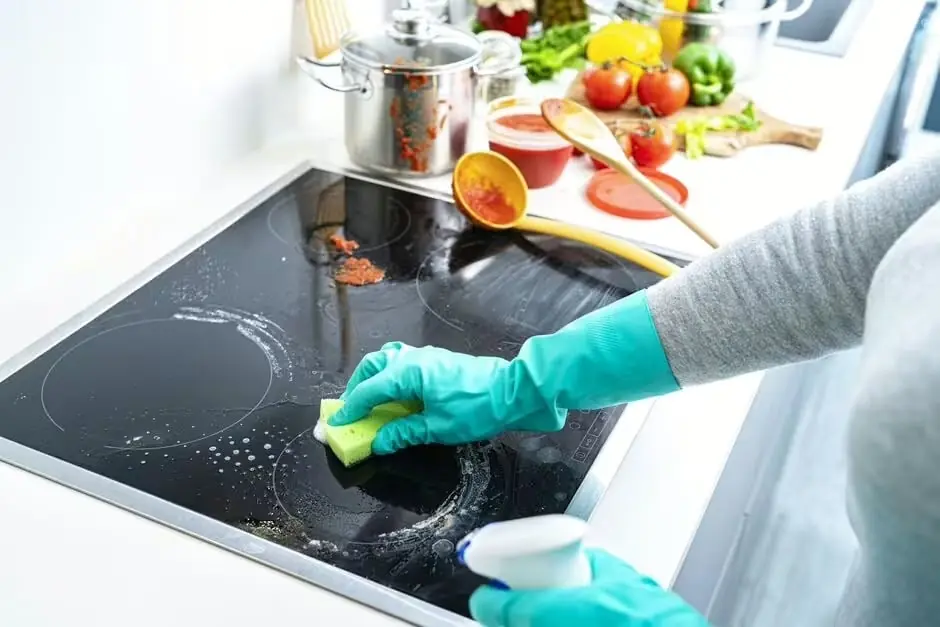
The secret to removing stubborn stains on glass stovetops without scratching the surface
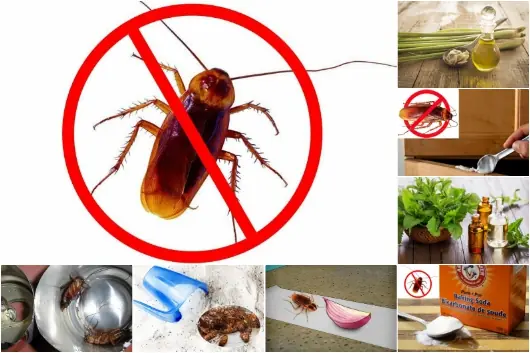
A Dirt-Cheap Kitchen Item Is the Ultimate Cockroach Kil.ler
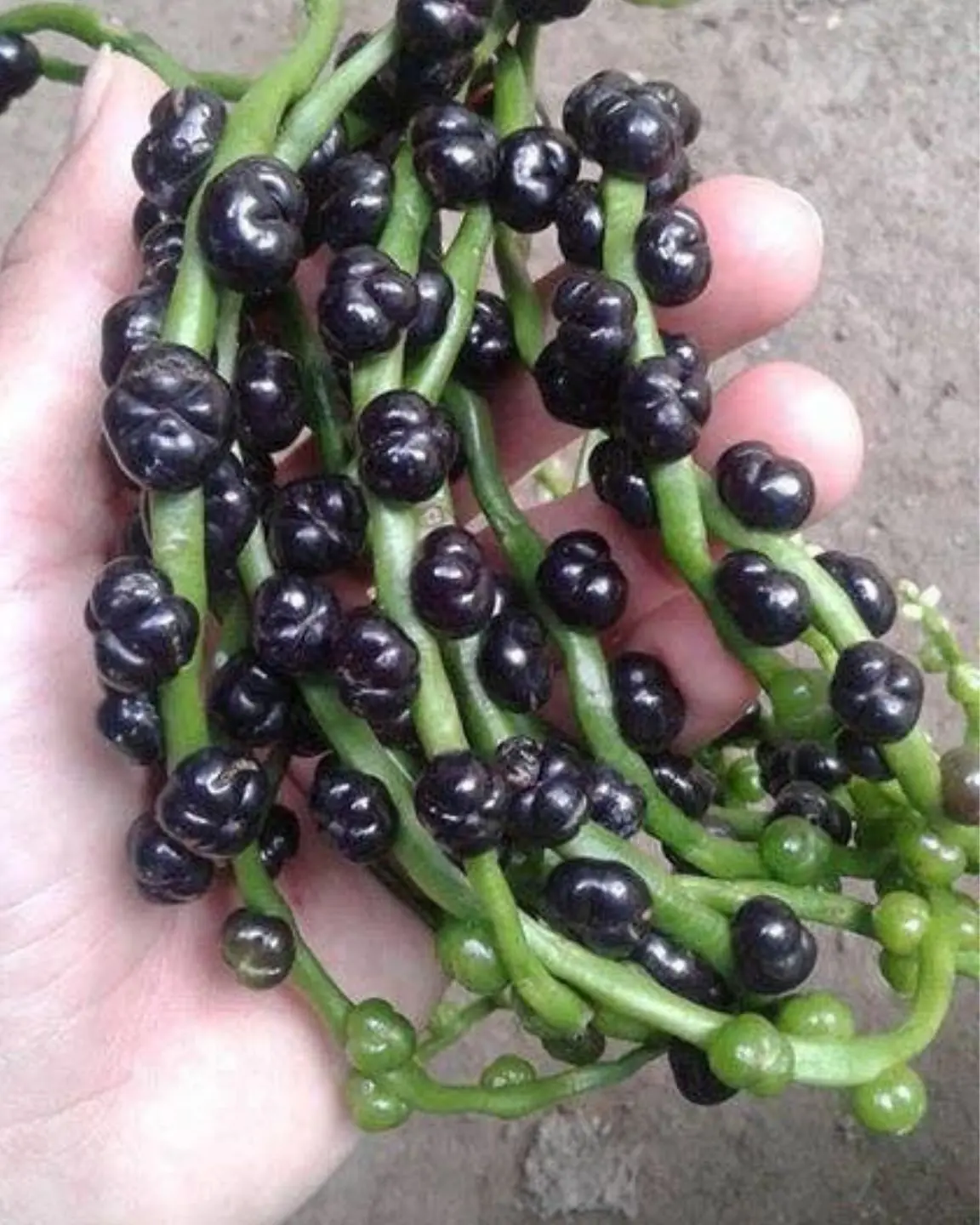
Only 1% of people guess correctly this fruit associated with childhood – are you one of them?
